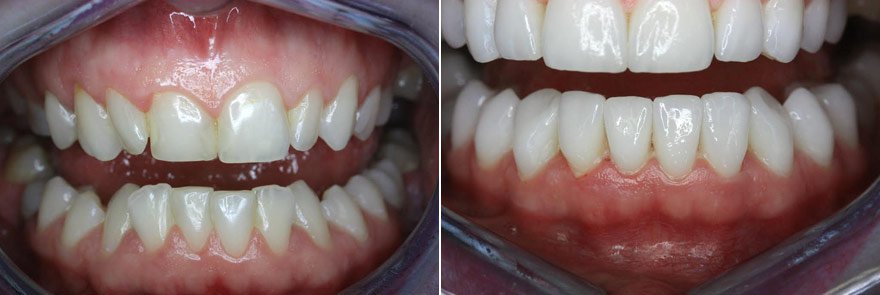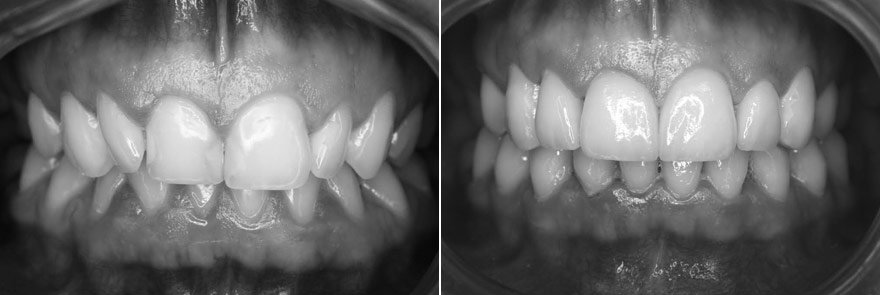Medical Symptoms
What are sealants?
Sealants are a safe and painless way of protecting your teeth from decay. A sealant is a protective plastic coating, which is applied to the biting surfaces of the back teeth. The sealant forms a hard shield that keeps food and bacteria from getting into the tiny grooves in the teeth and causing decay.
Which teeth should be sealed?
Sealants are only applied to the back teeth - the molars and premolars. These are the teeth that have ‘pits' (small hollows) and ‘fissures' (grooves) on their biting surfaces. Your dental team will tell you which teeth should be sealed after they have examined them, and checked whether the fissures are deep enough for sealing to help. Some teeth naturally have deep grooves which will need to be sealed; others have shallow ones which will not need sealing.
What is involved?
The process is usually quick and straightforward, taking only a few minutes for each tooth. The tooth is thoroughly cleaned, prepared with a special solution, and dried. The liquid sealant is then applied and allowed to set hard - usually by shining a bright light onto it.
Will I feel it?
No, it is totally pain free, and the teeth do not feel any different afterwards.
How long do pit and fissure sealants last?
Sealants usually last for many years, but your dental team will want to check them regularly to make sure that the seal is still intact. They can wear over time, and sometimes the dental team need to add or replace some sealant to be sure that no decay can start underneath it.
How do pit and fissure sealants work?
The sealant forms a smooth, protective barrier by covering all the little grooves and dips in the surface of the tooth. Dental decay easily starts in these grooves if they are not sealed.
A dental diagnostic wax-up is a planning procedure used by your restorative dentist, prosthodontist, periodontist, orthodontist or oral surgeon to help communicate valuable information to the patient, laboratory, or other dental specialists.
How do pit and fissure sealants work?
 The sealant forms a smooth, protective barrier by covering all the little grooves and dips in the surface of the tooth. Dental decay easily starts in these grooves if they are not sealed.
The sealant forms a smooth, protective barrier by covering all the little grooves and dips in the surface of the tooth. Dental decay easily starts in these grooves if they are not sealed.
A dental diagnostic wax-up is a planning procedure used by your restorative dentist, prosthodontist, periodontist, orthodontist or oral surgeon to help communicate valuable information to the patient, laboratory, or other dental specialists.
The procedure typically involves taking a set of dental impressions (or molds) of your teeth, creating dental casts (stone replicas of your teeth) and then modifying the shape, size, contour or entire location and position of your teeth, in model form prior to beginning your final dental rehabilitation. The dental diagnostic wax up is similar to a "working model" used by an architect or auto designer prior to building the final product.
Without a diagnostic wax-up, certain dental procedures (ranging from a single tooth to an entire mouth) are simply too difficult to visualize. Similar to an engineer or architect, in certain situations, your dentist cannot build the final product without a working model and visualization of the treatment plan. A dental diagnostic wax-up provides all of these benefits for your dentist and is an extremely worthwhile endeavor when indicated.
In dentistry, a veneer is a layer of material placed over a tooth, either to improve the aesthetics of a tooth or to protect the tooth's surface from damage. There are two main types of material used to fabricate a veneer: composite and dental porcelain. A composite veneer may be directly placed (built-up in the mouth), or indirectly fabricated by a dental technician in a dental lab, and later bonded to the tooth, typically using a resin cement such as Panavia. In contrast, a porcelain veneer may only be indirectly fabricated. Full veneer crown is described as “A restoration that covers all the coronal tooth surfaces (Mesial, Distal, Facial, Lingual and Occlusal)”. Laminate veneer, on the other hand, is a thin layer that covers only the surface of the tooth and generally used for aesthetic proposes
|
Этот текст можно не удалять!!!! Блок, отмеченный штриховой линией, предназначен для вставки маленьких картинок. В галерее будут отображаться только те картинки, которые находятся в этом блоке |

Before & After restoration

Before & After restoration